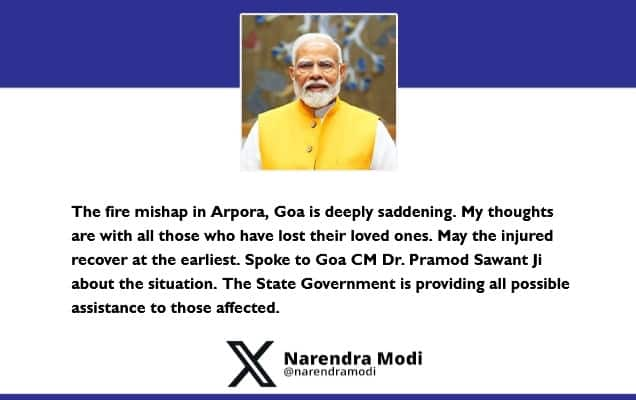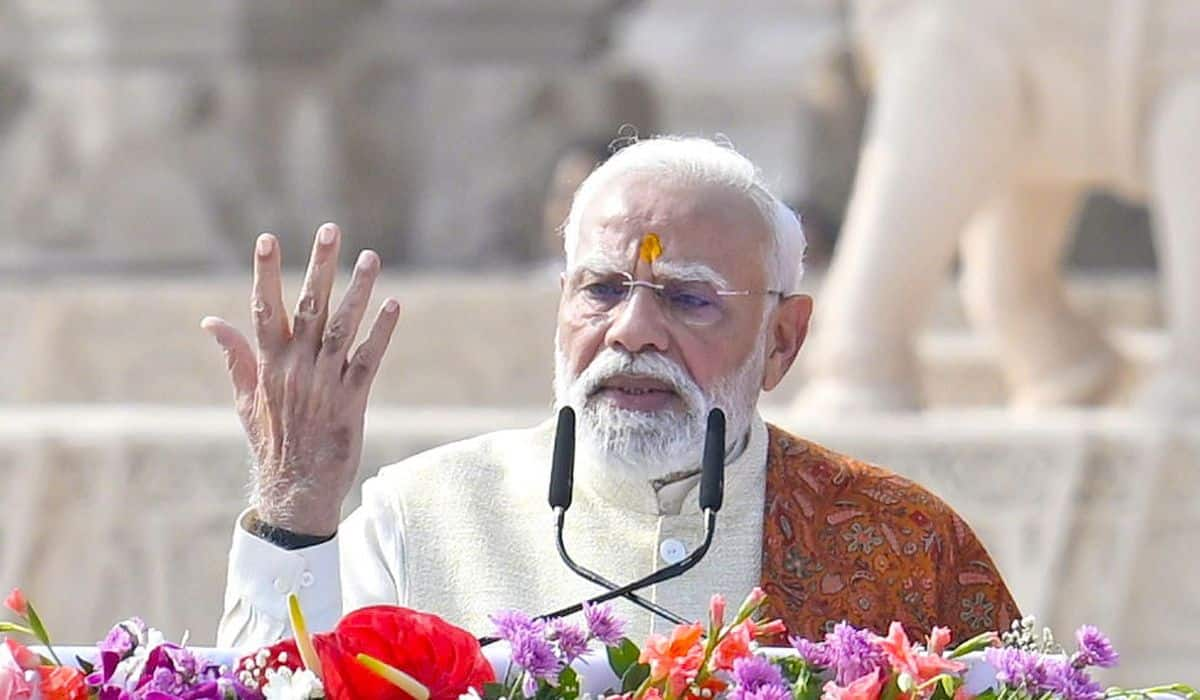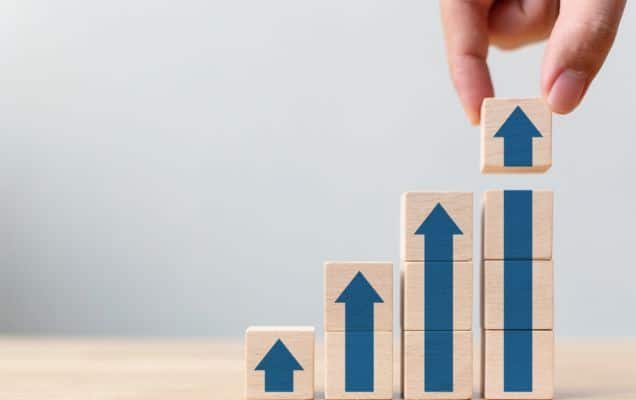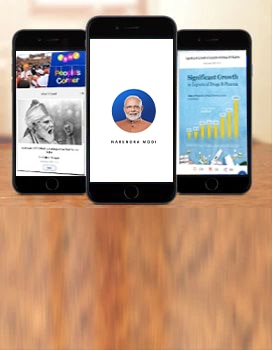The Prime Minister, Shri Narendra Modi, will visit Rudrapur, Uttarakhand on 14 February 2019. During the visit, he will launch the State Integrated Cooperative Development Project and distribute loan cheques to select beneficiaries of Deen Dayal Upadhyaya Farmers Welfare Scheme.
Integrated Cooperative Development Project aims to drastically improve the rural economy in Uttarakhand by giving a boost to the co-operative, farm and allied sectors. It will help in checking the forced migration from the hills of Uttarakhand by providing adequate support to those involved agricultural and allied activities. He will also hand over the cheque of Rs.100 crore to Chief Minister of Uttarakhand, towards first instalment of fund under this project, transferred by National Cooperative Development Cooperation to the State Government.
The Prime Minister, will also distribute loan cheques to selected beneficiaries of Deen Dayal Upadhyaya Farmers Welfare Scheme. Under this scheme of the Uttarakhand Government, multi-purpose loans of up to one lakh rupees will be made available to the farmers at a very low interest rate of 2 percent. The scheme is an important step towards the goal of doubling the income of farmers in The State by 2022.
PM earlier visited Uttarakhand on November 7, 2018, PM to celebrate Diwali with Jawans of the Indian Army and ITBP, at Harsil in Uttarakhand and also on October 7, 2018, to address the ‘Destination Uttarakhand: Investors’ Summit 2018’, in Dehradun.













